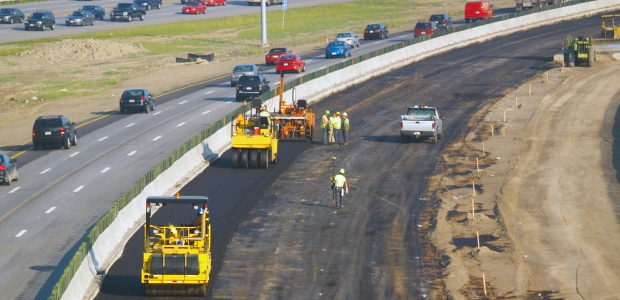
NIOSH Document Addresses Preventing Injuries from Backing Construction Vehicles
It recommends that workers on foot always wear high-visibility apparel that is appropriate for the job task and work environment.
A new Workplace Solutions document from the NIOSH Division of Safety Research explains controls that employers, contractors, workers, and construction vehicle and equipment manufacturers should use to protect workers who work around backing construction vehicles and equipment on road construction work sites. The controls are based on NIOSH and state FACE investigations.
The document covers relevant standards and regulations, equipment operation and servicing, vehicle operators’ responsibilities, vehicle inspections, communication and training, PPE, and best practices for workers on foot who may be exposed to this hazard.
The principal contributors to the publication were Nancy T. Romano, M.S., CSHM, and Virgil J. Casini of the Division of Safety Research; statistical and development assistance was provided by Suzanne Marsh, David Fosbroke, and Jennifer Lincoln, also of DSR. Todd Ruff, formerly of the Spokane Research Laboratory, consulted on work zone safety measures, according to the document.
It recommends that workers on foot:
- Always wear high-visibility apparel that is appropriate for the job task and work environment.
- Be aware of equipment and vehicle blind areas and avoid being near these areas.
- Confirm communications signals with an operator and do not approach until the operator gives acknowledgement.
- Be aware of equipment travel paths and avoid standing or walking in these areas.
- Listen for reverse signal alarms in the area.
- Do not rely solely on one safety practice. Always be aware of your surroundings and ensure that workers are aware of you.